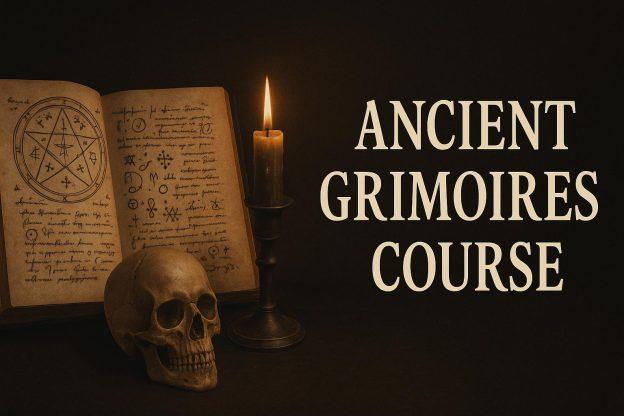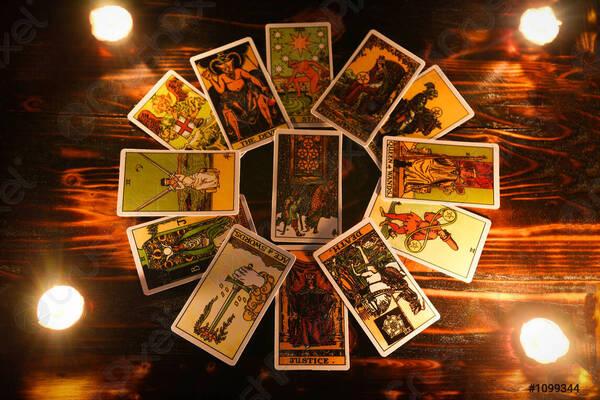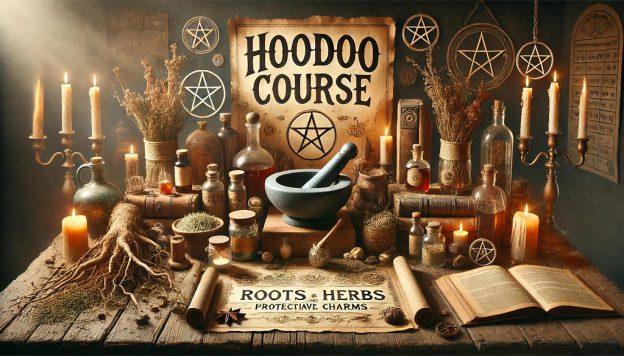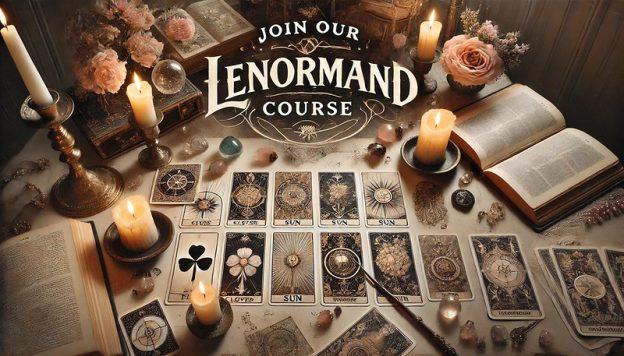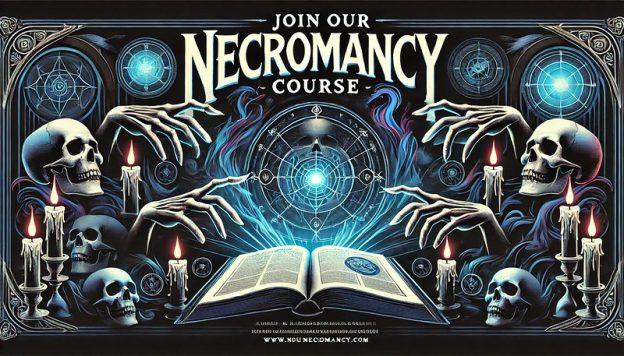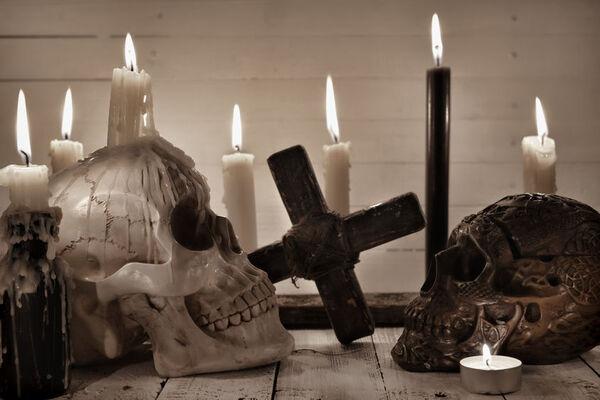Sebastian, St.
Sebastian, St. (man from Sebastia, a city in Asia Minor) (third century) In Christian legend, patron of armorers, bookbinders, burial societies, arrowsmiths, corn chandlers, gardeners, ironmongers, lead founders, needle makers, potters, racquet makers, and stonemasons. Invoked against cattle pest, epilepsy, enemies of religion, plague, and by the dying. Feast, 20 January.
The legend of St. Sebastian dates from the first centuries of Christianity. He was descended from a noble family and, as commander of a company of the Praetorian Guards, was very close to the emperor Diocletian. When it was discovered that Sebastian was a Christian, the emperor asked him to renounce his faith, but Sebastian refused. Then, as The Golden Legend, written in the 13th century, tells the tale:
Diocletian was much angry and wroth, and commanded him to be led to the field and there to be bounden to a stake for to be shot at. And the archers shot at him till he was full of arrows as an urchin is full of pricks, and thus left him there for dead. The night after came a Christian woman [St. Irene] for to take his body and to bury it, but she found him alive and brought him to her house, and took charge of him till he was all whole.
With his health restored Sebastian “stood upon a step where the emperor should pass by” and told him to renounce his gods, but Diocletian had him arrested again, “brought into prison into his palace,” and stoned to death. St. Sebastian’s association with arrows and pestilence betrays him as being a Christian variation of the Greek god Apollo, who was also invoked against plague, which he sent by arrows, as shown in Homer’s Iliad.
In art St. Sebastian is always portrayed as a young man, which gave artists an opportunity to display the naked form without the Church banning the picture as obscene. St. Sebastian is a favourite subject, therefore, with Italian Renaissance painters such as Botticelli, Lotto, Caravaggio, and Mantegna. Perhaps one of the most moving works, however, is by the French artist Georges de la Tour, showing St. Irene tending the wounded body with two female attendants.
SOURCE:
Encyclopedia of World Mythology and Legend, Third Edition – Written by Anthony S. Mercatante & James R. Dow– Copyright © 2009 by Anthony S. Mercatante
